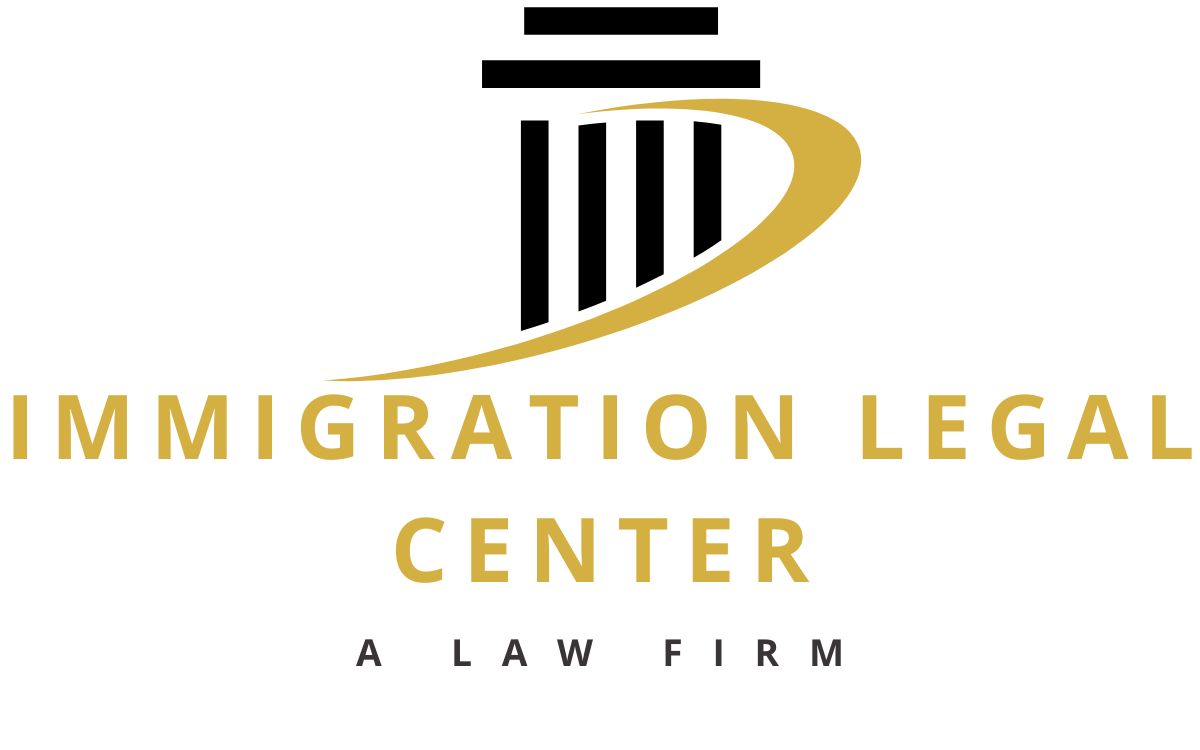Are you looking to reunite with family members in the United States? Family-based immigration offers a pathway for eligible individuals to sponsor their loved ones for immigration to the U.S. In this blog post, we’ll explore the fundamentals of family-based immigration, including eligibility criteria, application processes, and common challenges.
Understanding Family-Based Immigration
Family-based immigration allows U.S. citizens and lawful permanent residents (green card holders) to sponsor certain family members for immigration benefits. The primary goal of family-based immigration is to promote family unity and reunification by allowing eligible individuals to bring their close relatives to the United States.
Eligibility Criteria
The eligibility criteria for family-based immigration vary depending on the petitioner’s immigration status and the relationship between the petitioner and the beneficiary. Generally, U.S. citizens can sponsor a wider range of family members compared to lawful permanent residents. Common categories of family-based immigration include:
- Immediate Relatives: This category includes spouses of U.S. citizens, unmarried children under the age of 21, and parents of U.S. citizens who are 21 years or older.
- Family Preference Categories: These categories include more distant relatives of U.S. citizens and certain relatives of lawful permanent residents, such as unmarried adult children, married children, and siblings.
Application Process
The application process for family-based immigration typically involves the following steps:
- File Petition: The first step is for the sponsoring relative (the petitioner) to file a petition on behalf of the beneficiary (the family member seeking immigration benefits). The petitioner must submit the appropriate form, along with supporting documentation, to U.S. Citizenship and Immigration Services (USCIS).
- Wait for Approval: Once USCIS receives the petition, they will review it and determine whether the petitioner meets the eligibility criteria to sponsor the beneficiary. If approved, USCIS will forward the petition to the National Visa Center (NVC) for further processing.
- Complete Visa Application: The beneficiary will need to complete a visa application and undergo a medical examination. The NVC will request additional documentation and schedule an interview at the U.S. consulate or embassy in the beneficiary’s home country.
- Attend Interview: The beneficiary will attend an interview at the U.S. consulate or embassy, where a consular officer will review their application and determine their eligibility for a visa.
- Receive Visa: If the visa application is approved, the beneficiary will receive a visa stamp in their passport, allowing them to travel to the United States as a lawful permanent resident.
Challenges and Considerations
While family-based immigration offers a valuable opportunity for family reunification, it’s essential to be aware of potential challenges and considerations. These may include:
- Waiting Periods: Family-based immigration petitions often involve lengthy processing times, particularly for certain family preference categories.
- Complexity of Documentation: The application process requires careful documentation to establish the validity of the relationship between the petitioner and the beneficiary.
- Potential Inadmissibility: Certain factors, such as criminal history or immigration violations, may render a beneficiary inadmissible to the United States.
Conclusion
Family-based immigration provides a vital avenue for eligible individuals to sponsor their loved ones for immigration benefits. By understanding the basics of family-based immigration, including eligibility criteria, application processes, and potential challenges, you can navigate the process with confidence and reunite with your family members in the United States. If you have questions or need assistance with family-based immigration, consider consulting with an experienced immigration attorney for personalized guidance and support.

